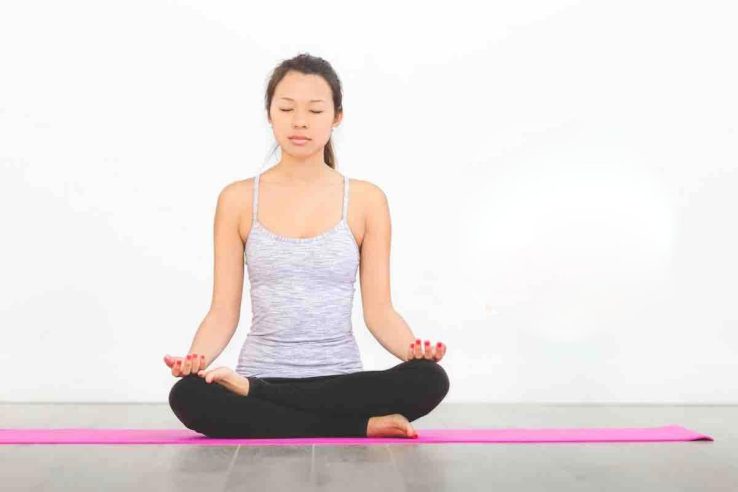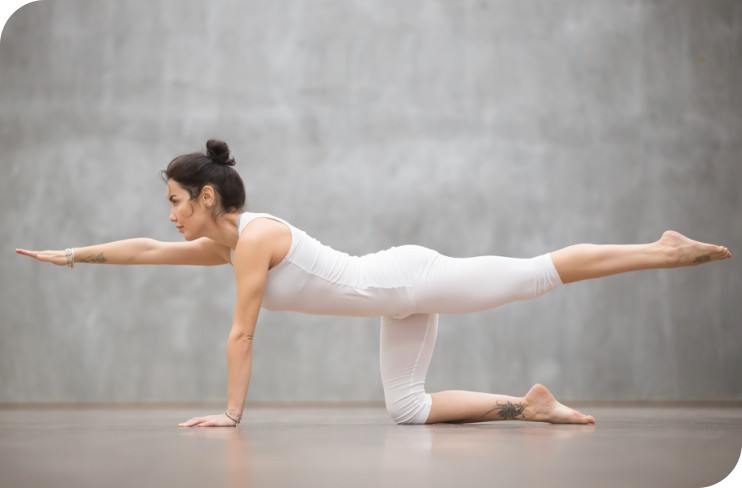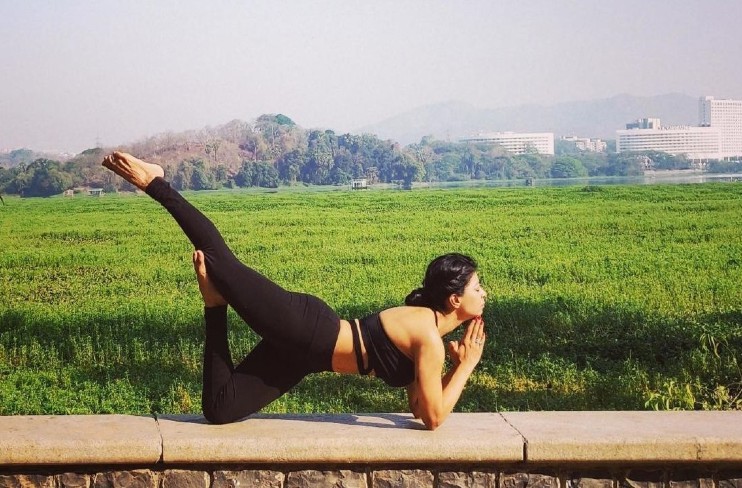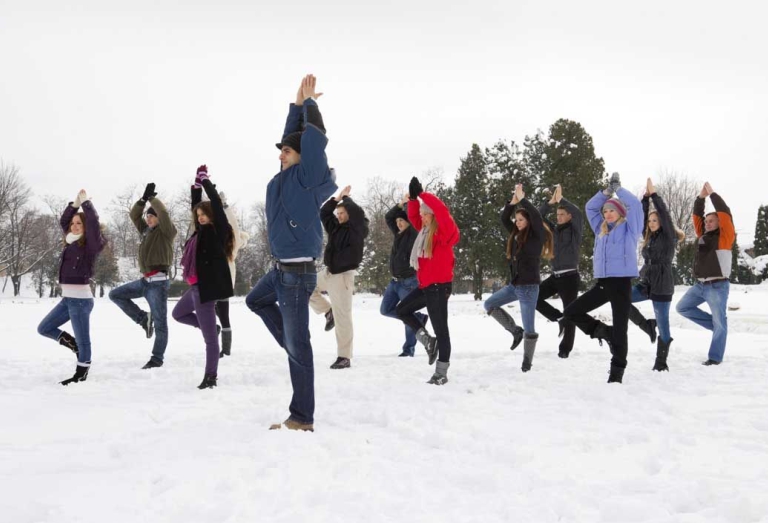Ashtanga Yoga for Beginners: 8 Limbs of Ashtanga Yoga
The word “Ashtanga” has been originated from the Sanskrit language. It is a combination of two words “Ashta” which means “eight” and “anga” which means “limb”. Thus, Ashtanga yoga can be defined as an Eight Limb path that helps the person to attain the state of Yoga also called Samadhi. It is based on the Yoga Sutras of Patanjali, an Indian sage who is known to author many Sanskrit works and hence known as “the father of yoga”. Yoga Sutras is his most prominent work formulated to help people learn Yoga. It has a detailed description of Ashtanga Yoga that is sometimes difficult for beginners to understand. That is why we’ve decided to pen down a post containing information about Ashtanga yoga for beginners. Here, you will also get to learn about the 8 limbs of Ashtanga yoga.
History of Ashtanga Yoga
Before moving further, we want you to make yourself familiar with the background of Ashtanga yoga. Since Yoga is an ancient practice that is mentioned in Indian Vedic Philosophy and Tantras, it has deep roots in the life of humans. This Yoga [path] was then composed by Patanjali in the form of Darshan [Philosophy] or Sutras [Formulae] in the book named Patanjali Yoga Sutra. The classical Yoga text is the oldest and is assumed to be written from 200 BCE – 200 CE.
It is believed that the text contains 196 sutras. One sutra is equal to one statement. So, it means these sutras have a vast meaning. Understanding them definitely requires a good hold of Sanskrit. These Yoga Sutras have been divided into four chapters named Samadhi Pada, Sadhana Pada, Vibhudi Pada, and Kaivalya Pada which have 51, 55, 56, and 34 sutras respectively. The Ashtanga yoga is explained in the Sadhana Pada and is described as an Eight Fold path in this writing. Now, let’s move ahead with our post focused on Ashtanga yoga for beginners and make you familiar with the 8 limbs of this very yoga practice.
Ashtanga Yoga for Beginners [8 Limbs]
According to Patanjali Yoga Sutra, the 8 limbs of Ashtanga yoga are Yama, Niyama, Asana, Pranayama, Pratyahara, Dharana, Dhyan, and Samadhi. Although we will discuss all these states/limbs in detail, still if you want to master this art and reach a higher state of self-realization, you can get yourself enrolled in 200 hour yoga teacher training course in Rishikesh.
1. Yama [Principles or Morals]
The first limb of Ashtanga yoga is Yama which means principles or moral codes that generally focus on making an individual a better person by following these codes. They are as follows:
- Ahimsa: Non-violence should be followed always.
- Satya: Satya means truth. One must stick to the truth.
- Asteya: The principle of not stealing anything.
- Aparigah: Non-possessiveness.
- Brahmacharya: The individual must abstain from sexual relations.
2. Niyama [Disciplines]
Discipline helps the person to stay within his/her boundaries. Given below are the factors that come under the second limb while learning Ashtanga yoga for beginners:
- Shoucha: Purity and cleanliness inside and outside.
- Santosh: A person should stay satisfied always.
- Tapa: The art of endurance [controlling pressure, emotions, desires, etc.]
- Swadhyaya: Self-study.
- Eshwar Pranidhan: Dedicating or devoting yourself to the divine power [nature].
3. Asana [Yogic Postions]
Under the third limb of Ashtanga yoga comes various yogic postures that help the person attain mental/emotional equilibrium.
4. Pranayama [Yogic Breathing]
In Sanskrit, “Prana” means “breath” and “Yama” means “control” thereby forming the word “Pranayama” which generally means controlling the breath. Therefore, it is counted as the third limb of Ashtanga yoga for beginners.
5. Pratyahara [Withdrawing Senses]
It is a mental preparation that helps in increasing the power of the mind. That is why it is considered the 5th limb of Ashtanga yoga.
6. Dharana [Concentration on Object]
One of the states of meditation simply means concentrating your mind on an object and its field. It also improves the power of the mind.
7. Dhyana [Meditation]
Dhyana; the 7th limb of Ashtanga yoga is all about withdrawing attention from external objects [mainly material] and concentrating the mind on one point to meditate.
8. Samadhi [Salvation]
The last or the 8th limb of Ashtanga Yoga is Samadhi which is defined as the state of ecstasy and super bliss. It is known to combine an individual’s consciousness with that of the universe. It can be compared with the Union of Shiva [matter] and Shakti [energy] in the Sahasrar chakra [top of the head]. Samadhi can be simply compared with pure consciousness or self-realization.
The Bottom Line
Now, it is time to wrap up the guide focusing on Ashtanga yoga for beginners. Although the 8 limbs of this yogic practice seem difficult, still if you stick to principles, you won’t remain a beginner anymore. Or, we can say that you’ll be able to attain Samadhi; the highest state of meditation.










